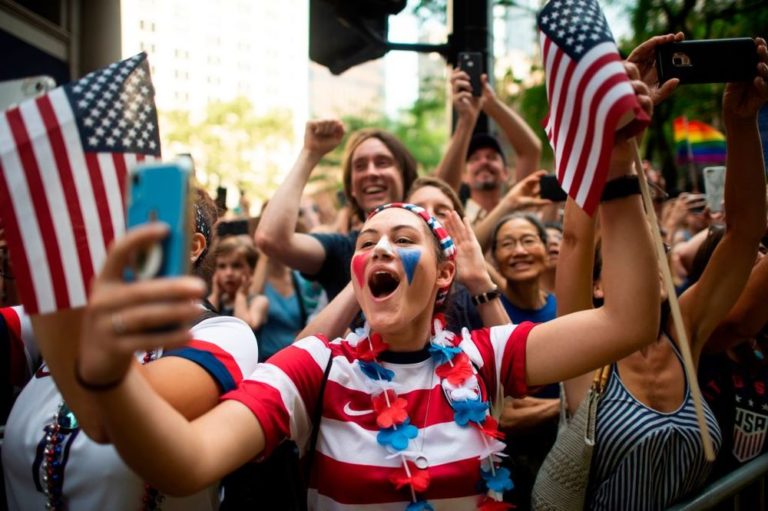How long does it take to make new friends?
The Entire Lesson
From “How to make friends? Study reveals how many hours it takes“
Extra questions in case we need them

Remembering:
- What were the approximate hours needed to move from one friendship stage to the next according to the study?
- Who conducted the study and where were they from?
- What were the four stages of friendship identified in the study?
- What journal was the study published in?
- How many participants were included in the first part of the study?
- Name one type of activity mentioned that could help build friendship.
- True or false: The study found that hours spent working together count the same as informal hangouts for building friendship.
Understanding:
- In your own words, explain the main findings of the study.
- Why did the researcher differentiate between time spent working together versus hanging out informally?
- What does the study suggest we need to do to develop close friendships?
- Describe the difference between a “casual friend” and a “friend” based on the stages identified.
- Explain why the researcher focused on people who had recently moved for this study.
- Why might investing time in early friendships be particularly important according to the researcher?
Applying:
- Think about your own friendships. Do the hourly estimates for each stage seem accurate based on your experiences?
- How could you apply the findings to develop new friendships after moving or starting a new job?
- What strategies could you use to invest more time with potential friends?
- If you recently moved cities, how could you apply these findings to develop new local friendships?
- Describe a plan for investing more informal time with an acquaintance to transition the relationship to a casual friendship.
- Give an example from your own life of advancing a friendship through the stages by increasing time spent together.
- How might you modify your schedule or habits to have more opportunities for the activities that build friendships?
- For online communities or games you participate in, how could these principles apply to developing closer virtual friendships?
Analyzing:
- How might cultural differences impact the amount of time needed to develop friendships?
- Do you think the findings would be similar for friendships developed online/remotely? Why or why not?
- What are the potential limitations of surveying college freshmen for part of this research?
- What other variables beyond time spent together do you think could impact friendship development? Analyze their potential importance.
Evaluating:
- How valuable do you think these findings are for understanding friendship development? Explain your view.
- Do you agree with the claim that “maintaining close relationships is the most important work we do”? Why/why not?
- What other factors beyond time spent together likely influence friendship closeness?
- How well do you think the categories of acquaintance, casual friend, friend, and close friend represent the typical stages of friendship formation? Discuss any issues with these labels.
- Evaluate whether the hourly estimates provided seem reasonable or not based on your own experience. Provide examples to support your evaluation.
- How persuasive do you find the researcher’s claim about maintaining friendships being “the most important work we do in our lives”?
- To what extent do you agree with the study’s apparent premise that we can develop new friendships primarily through investing sufficient time?
- How scientifically valid and generalizable do you believe the findings are based on the research methods used? Justify your evaluation.
Creating:
(I wish we could do more “creating” but it many of these ideas would take too much time and effort.)
- Design a social media app or feature to help people invest time in developing new friendships. What would it involve?
- Write a short story exploring the theme of how much time/effort is required to develop a close friendship.
- Create a visual representation (diagram, infographic, etc.) to summarize the key findings from the study.
- Create a quantitative scale or rubric for determining different levels of friendship closeness other than the ones used in this study.
- Design an engaging group activity or class warm-up related to building new friendships based on this research.
- Write a poem/song/fictional narrative that metaphorically explores the time and effort required for developing close platonic friendships.
Extra Material
This is an interesting video about the difference between male and female friendships and how it impacts them. It’s a little to deep of a topic to use in class. I’d have to simplify it somehow.
Main Points
- Dr. Orion Taraban discusses the importance of making friends as an adult.
- Making friends is easier in high school and college due to shared time and fewer responsibilities.
- High school and college friends often become foundational friends for life.
- Friendships can become less important as lives diverge, especially for men.
- Women generally maintain friendships better than men due to their enjoyment of emotional connections and strategic social interactions.
- Men often prioritize work and family over friendships, leading to less frequent interactions.
- Men’s social networks can become insignificant, increasing vulnerability during life crises like financial trouble or divorce.
- Strong support systems can make women more resilient; historically, black women have the lowest suicide rates due to tight-knit social networks.
- Men should actively maintain friendships throughout their lives.
- Dependence on old friends who are busy or have moved away can be challenging.
- Dr. Taraban suggests enrolling in a training or certification program to make new friends as an adult.
- Shared trials in intensive programs foster deep and abiding friendships.
- Intensive programs offer concentrated opportunities to bond in a shorter time frame.
- Programs tied to achievements attract committed and higher-caliber individuals.
- Men often bond through activities, making such programs ideal for male friendships.
- Dr. Taraban encourages choosing programs of genuine interest for better engagement.







